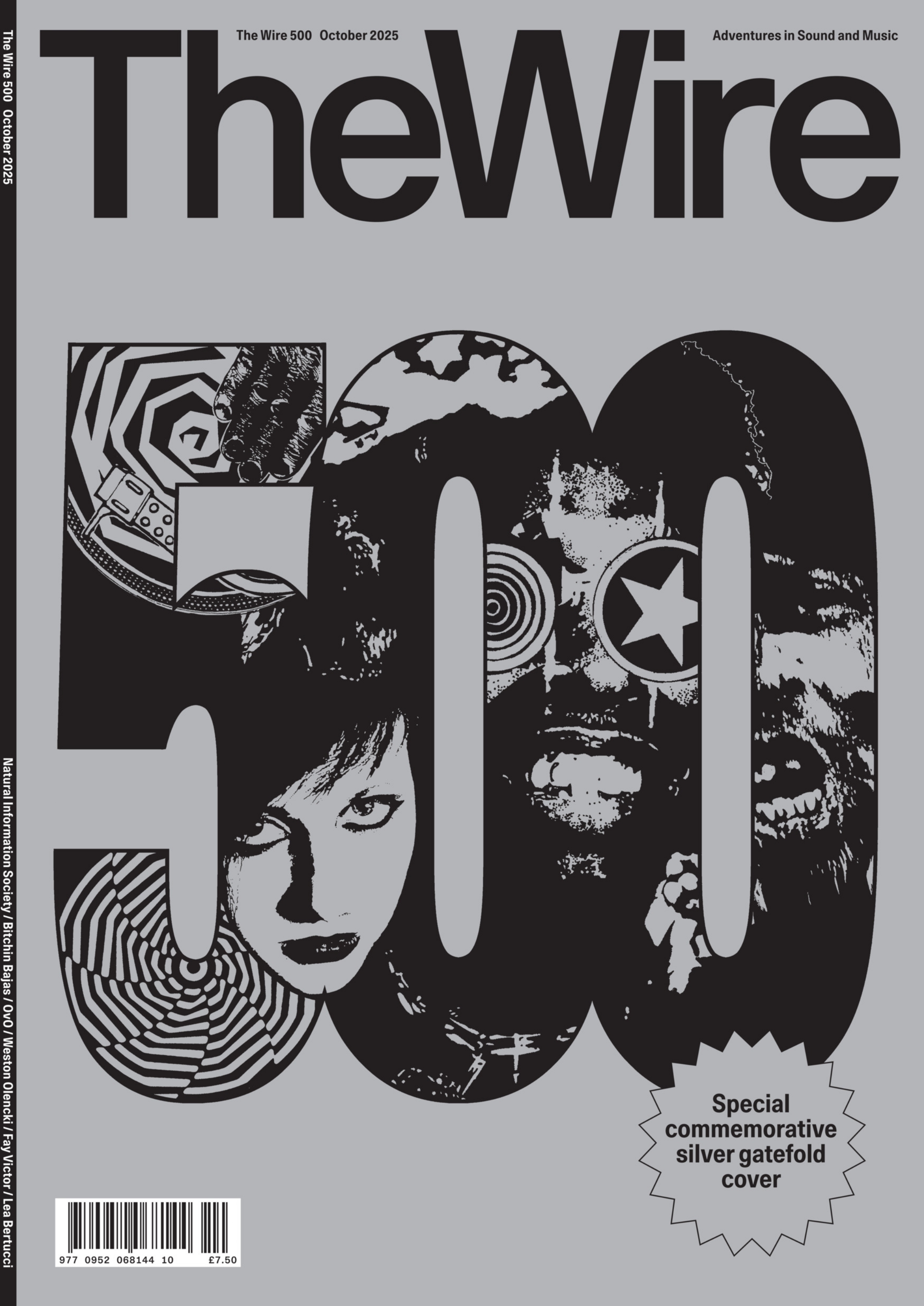
Makoto Oshiro + Satoshi Yashiro + Sun Yizhou + Toshimaru Nakamura + Yan Jun + Hannah + Lu Zheng + He Guangxu
PETITREE, Shenzhen, China
Five of the participants making up this transgenerational bill of Chinese and Japanese artists on a short tour of Southern China were initially brought together for You And Me, an experimental music festival in Beijing launched three years ago by the then 17 year old musician Zhao Ziyi.
By the time they reach Shenzhen's PETITREE art gallery, the line-up has expanded to eight, and the concert immediately launches into action with a trio improvisation involving Berlin-Tokyo based Makoto Oshiro, Japanese performer Satoshi Yashiro and Beijing composer, improvisor and conceptualist Sun Yizhou. Born in 2000, the latter is almost half the age of his Japanese co-conspirators. Gathered around a table, their set-up evokes a gambling session overseen by Oshiro, with Yashiro and Sun absorbed in generating sounds at their electronic machines and feedback systems in Sun's case, via the contact microphones attached to chairs and other surfaces. By contrast, keeping cool in a baseball cap and casual T-shirt, Oshiro is visibly busier, constantly repositioning his variously shimmering and rattling self-made tools, metal rings and everyday objects around the floor and two resonant wooden boxes. In addition he generates clicking sounds via the electromagnetic relays of his hand-crafted "kachi kachi" instruments spread across the table. Be it a gentle lowing COW or a melodic wolf howl, the animal-like sounds emerging from Oshiro's boxes are raw and endearing, as he weaves them through Yashiro's and Sun's more linear, electronic hum.
After the intermission, Beijing based sonic prankster Yan Jun makes an appearance with a small potted plant placed at his feet. Inviting the audience to sit closer, he begins to whistle gently above the chaotic fuzz his Japanese partner Toshimaru Nakamura coaxes from his no-input mixing board. Over the duration, Yan's vocalising ranges across Buddhiststyle chanting, folk song, mountain melody and throat singing. Then he suddenly claps his hands, as Nakamura's no-input device slides into a single note harmonising with the whistling, keeping Yan's plant watered and green to the end of their show.
Unfortunately, the same can't be said for the limp closing set by three young Chinese musicians, Hannah on double bass, He Guangxu on computer, flute and "daily materials", and Lu Zheng on metal vessels, sticks, recording machines, etc. Their performance feels spiritually and physically disconnected throughout.
It transpires that PETITREE is simultaneously hosting a solo exhibition by the artist Shao Yuxuan, titled Anologue Chapter 1. There's a surprising resonance between the concert and the exhibition's theme. Shao's Anologue works, phonetically misreading the word analogue, explore how the inherent distortions of Artificial Intelligence/Al noise invite us to reflect on the fundamental nature of things. Tonight's concert offers its own live manifestations of Shao's very analogue principles. For example, the silence after the first set is disrupted by the resounding pop of a listener's beer bottle an unexpected real-life sound that triggers a burst of laughter in the audience. Meanwhile, near the end of the concert, Makoto Oshiro is now seated in the audience, where he falls asleep and starts to snore out loud. A final, naturally analogue intervention, if there ever was one.
Anla Li
大城真+矢代谕史+孙一舟+中村としまる+颜峻+Hannah+卢政+何光旭
PETITREE,深圳,中国
这场五位跨世代中日艺术家的南方短途巡演,源于今年第三届北京实验音乐节“你和我”,该音乐节由当时仅17岁的音乐人赵子毅创办。
当他们到达深圳的 PETITREE 画廊时,阵容已经扩展到八人。柏林、东京为据地的大城真、日本表演者矢代谕史与来自北京的音乐人孙一舟率先展开表演。孙一舟出生于2000年,年纪几乎是其他几位日本同伙的一半。他们围坐一桌,大城真如同牌桌上运筹帷幄的资深赌徒,而另外两人则沉浸在电子机器与回响系统中,孙一舟将接触式麦克风连接至椅子和其他表面。戴着棒球帽、穿着T恤的大城真静默不语,却显得格外忙碌,他不断在桌上和地板上来回挪动两个共鸣木箱、各种闪烁而咔哒作响的自制工具、金属环和日常物品。手作乐器“Kachi Kachi”散落在桌上,他通过其中的电磁继电器发出噪音。无论是柔和的牛叫,还是起伏的狼嚎,大城真的盒子里仿佛装载着原始而可爱的动物世界,在矢代谕史和孙一舟更显线性的电子嗡鸣中穿梭。
中场休息之后,“捣蛋鬼”颜峻带着一株小盆栽登场。他将它放在脚边,并邀请观众们坐近些,随后在日本表演者中村としまる用无输入调音台发出的噪音中轻盈地吹着口哨。颜峻的人声在佛教念诵、民谣、山歌与呼麦的感觉之间变幻着。忽然,他拍起手来,中村的设备滑入一个单音,与口哨声并行,滋润、鲜活了盆栽。
遗憾的是,最后由三位中国年轻音乐人呈现的表演毫无生气。Hannah演奏大提琴,何光旭操作电脑、笛子和日常物品,卢政则摆弄金属容器、小棍子、录音机器等等。从始至终,他们的表演神貌分离。
碰巧PETITREE正在展出艺术家邵宇轩的个展《安诺·洛戈 chapter1》(Anologue Chapter1)。演出与展览主题意外呼应。“安诺·洛戈”源自对英文单词analogue的发音误读。邵宇轩的作品探讨人工智能及其噪音所带来的固有失真,如何邀请我们重新思考事物的本质。而今晚的演出恰如其分地呈现了他所强调的“模拟性”原则。例如,第一场演出后的寂静被一位观众开啤酒的响声打破,这一来自现实的意外之音引发了笑声。临近尾声时,大城真坐在观众席与演出区域之间的椅子上,不知不觉睡着并打起呼噜——当晚最后一次天然的‘模拟性’介入就这样发生了。
Anla Li
October 2025
First published on The Wire. Copyright © The Wire magazine.
